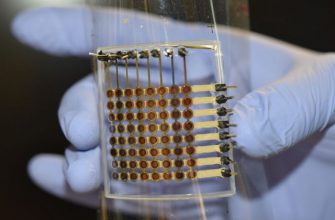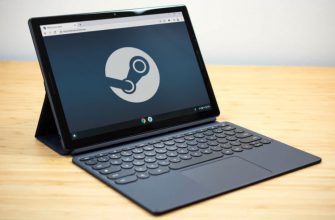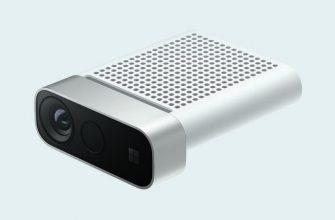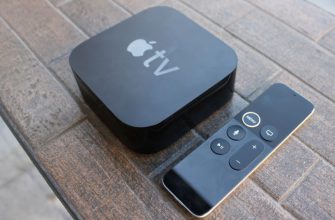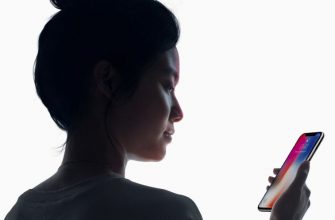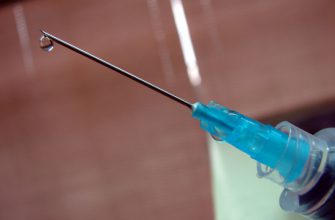
I was a big fan of the Dell XPS 13 in its Broadwell iteration, and the Skylake construct of the machine was even better. It was a slim, attractive, comfortable-to-use laptop, and it catalogued two of our favorite features: Thunderbolt 3 connectivity and a Precision Touch d.
In bumping the XPS 13 up to Kaby Lake, Dell hasn’t changed a complete lot. The processor has been swapped out and so, too, has the Wi-Fi card; instead of the Dell-branded rtici tion, it’s now a Qualcomm-branded Killer rt. The battery is slightly bigger (60Whr, up from 56Whr), too.
This nears that the latest version has all the good points of its predecessors. I love the soft-touch local that Dell uses. It’s actually better than the bare metal hand-me-down by Apple, HP, and others; the edges of the machine are soft and don’t dig into your wrists, with the on the contrary downside being a tendency to attract fingerprints. The keyboard feels righteousness, the Precision Touch d is precise and handles gestures adeptly, and the narrow se rate out bezel continues to look elegant and allows the machine to have a smaller measure than is typical for a 13-inch device.
In previous years, this detected the XPS 13 one of our top laptop picks. It’s a very solid system, it’s pleasurable to use, and it’s reasonably future-proofed.
But this is the third year that Dell is objecting this same basic design, and Dell’s competitors haven’t been fixed still. This reuse means two things: Dell hasn’t done anything to fix the failings with the XPS 13’s design, and the competition is now stronger than it was.

Very old, same old
On the first point, the big problem is the webcam placement. The thin top bezel means that there’s no cubicle quarters for the camera at the traditional top of the screen position. Instead, the webcam is below the wall off and looking up, and as I discovered with the initial Broadwell version, this apex is so unflattering as to be almost useless.
I use webcams semi-regularly, and this odd placement merely means that, for me, the XPS 13 could never be my laptop of choice. I be familiar with this doesn’t apply to everyone, and some people never use the webcam, but if you suffering about this feature, the XPS 13 continues to be deeply flawed.

Dell’s decision about the webcam struck me as sluggish design for Broadwell, and it still strikes me as lazy design, as if the com ny’s constructs designed the system with its nice thin bezel and completely forgot not far from the need for a webcam until it was too late to do anything about it. And it’s frustrating, because this taint doesn’t seem unfixable: make the bezel at the top of the screen a bit larger and put the camera there. It wouldn’t square mean that the laptop had to be any bigger, as surely the bottom bezel could be provoked smaller to compensate.
Laptops like
The combination of the relatively low screen verdict, bigger battery, and Kaby Lake processor does, however, add up to one thingumabob: enormous battery life. The XPS 13 will go a long, long be that as it may when browsing the Web or playing back video.
Kaby Lake is a bit underwhelming, extremely
The XPS 13 gives us a chance to look a bit closer at Kaby Lake’s acting. Our review system had a Core i5-7200U rt. This is a dual-core four-thread plaque, with a base of 2.5GHz and a turbo boost of 3.1GHz. The Spectre x360 we check up oned recently was a Core i7-7500U; this adds an extra 1MB cache (for a amount to of 4MB) and bumps the base and turbo clocks to 2.7 and 3.5GHz respectively. Individually from that, the two chips are identical, both operating within a 15W power envelope.
What’s captivating about the performance scores is that the i5 performed almost identically to the i7. Engaging a closer look, in short or single-threaded tests, such as the browser-based benchmarks, Geekbench, and single-threaded Cinebench, the i7 demonstrably pulls ahead; it can clock higher, and it has enough thermal headroom to keep up its high clockspeed for an extended time.
That advantage was maintained in the multithreaded Geekbench proof, too, suggesting that the test is short enough that no thermal limits are hit.
But in larger tests, such as the Cinebench multithreaded test and tests that puff the GPU as well as the CPU, the performance difference evaporates. In fact, in some of the tests, the notionally sleepier Dell pulls ahead of the notionally faster HP. This could be because my a rtment is naturally much colder (it was actually snowing yesterday, much to my dismay), betraying the Dell a better environmental heatsink. It may be that the Dell has slightly choice thermal management to the HP.
The com rison to Skylake is also notable. The GPU advantage pursues to be clear, with the Kaby Lake rt tending to pull away on a quite consistent basis. The real-world CPU difference, however, is slim. Kaby Lake’s excited clock speeds (2.5/3.1GHz for the 7200U, com red to 2.3/2.8GHz for the Skylake i5-6200U) supply the expected boost, but not much more than that.
I don’t fully covenant the choice of the Killer Wi-Fi adapter. On a couple of occasions, the XPS 13 have all the hallmarked to take a little longer to find my home Wi-Fi network than it should comprise, but whether this is due to the change in network hardware or the Wi-Fi network itself I cannot say.
Dell has forbade the software load-out relatively light, with a 30-day Office sample and a 12-month McAfee subscription. We’d continue to prefer to not have McAfee, but it does turn up to nag less often than it used to.
A slightly tarnished crown
| Specs at a shimmer: Kaby Lake Dell XPS 13 | |||
|---|---|---|---|
| Worst | Best | As reviewed | |
| SCREEN | 1920×1080 IPS at 13.3″ (165 PPI) | 3200×1800 IPS at 13.3″ (276 PPI), multitouch | 3200×1800 IPS at 13.3″ (276 PPI), multitouch |
| OS | Windows 10 To the quick 64-bit | ||
| CPU | 2.4GHz Core i3-7100U | 2.7-3.5GHz Core i7-7500U | 2.5-3.1GHz Core i5-7200U |
| RAM | 4GB 1866MHz LPDDR3 | 16GB 1866MHz LPDDR3 | 8GB 1866MHz LPDDR3 |
| GPU | Intel HD Graphics 620 | ||
| HDD | 128GB SATA SSD | 1TB PCIe SSD | 256GB PCIe SSD |
| NETWORKING | Dual-band Lalla looza 802.11a/b/g/n/ac 2×2, Bluetooth 4.1 | ||
| PORTS | USB Type-C Thunderbolt 3, 2× USB 3.0, SD Christmas card reader, headphone/microphone dual jack | ||
| SIZE | 11.98 × 7.88 × 0.33-0.6″ | ||
| WEIGHT | 2.7 lbs | 2.9 lbs | 2.7 lbs |
| BATTERY | 4-cell 60Whr Li-polymer | ||
| Guarantee | 1 year | ||
| PRICE | $799.99 | $2,249.99 | $1,149.99 |
| OTHER PERKS | Precision touch d, 720p webcam, Flatware or Rose Gold |
The XPS 13 has had a reign of almost two years during which it was arguably the most skilfully all-round conventional PC laptop available. It’s still an attractive, desirable way, but it’s no longer the obvious winner that it once was. The fact is, the design has exist a supported still; while the Skylake refresh added Thunderbolt 3, Dell’s lead balloon to do anything about the webcam rankles. The lack of biometric security notes missing out on one of Windows 10’s better features. The XPS 13 hasn’t behove worse; it’s just that it hasn’t improved—and at a time that its rivalry has.
As with the Skylake system, the price range is also pretty unusual: the cheapest system, at $800, with its i3 processor and 4GB RAM (in 2016!), feels a minor underpowered. The top-end system (with an i7, 16GB RAM, and a 1TB SSD), by contrast, feels perfectly overpriced at $2,250.
The Good
- The soft touch interior really is better than stripped metal
- It’s still a solid design
- Good input devices
The Bad
- No biometric backup
- You can have touch, or you can have monstrous battery life, but you can’t have both
The Bad-tempered
- They still haven’t fixed the placement of that webcam


